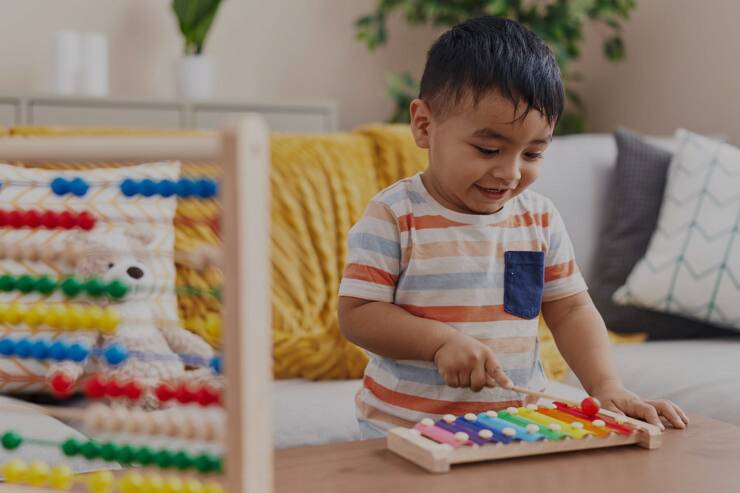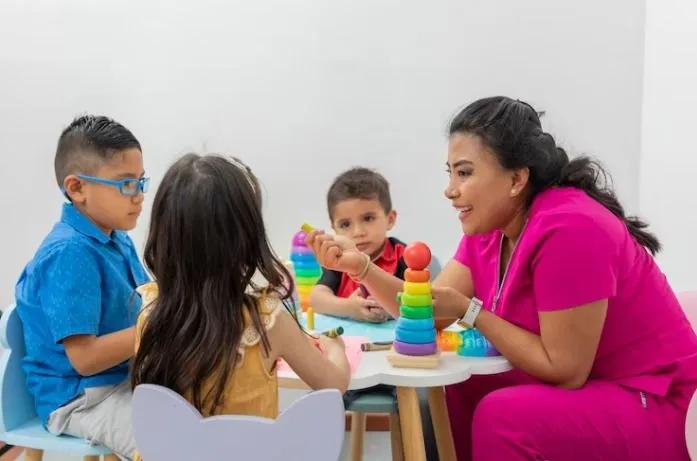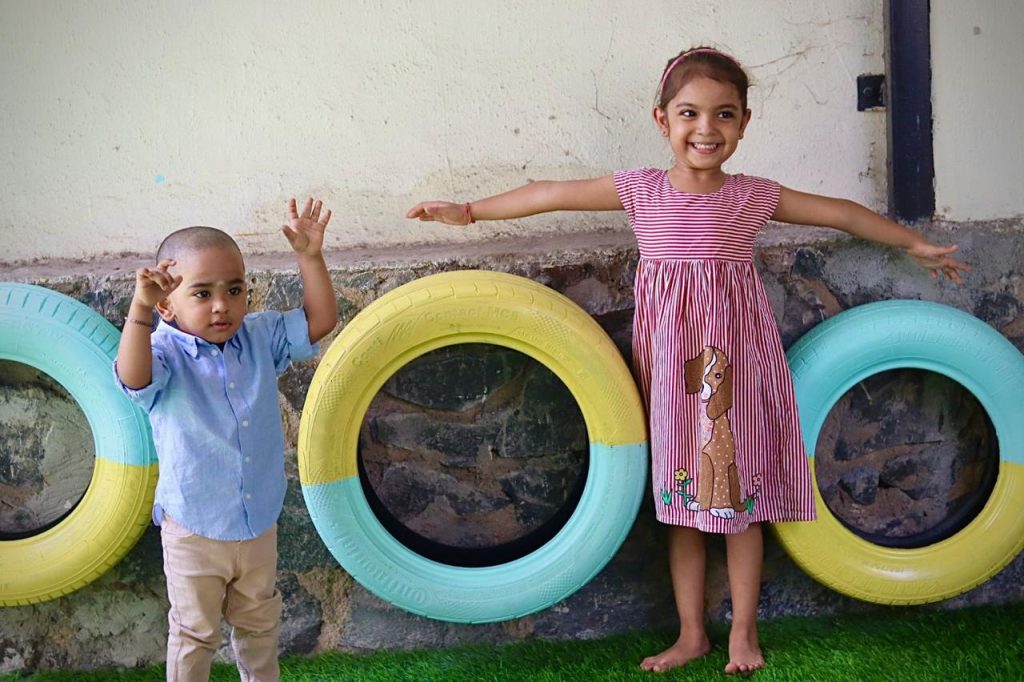Table of Contents
Historical Background
The Reggio Emilia approach was developed by educator Loris Malaguzzi and parents in the villages around Reggio Emilia in Italy after the Second World War. This period was marked by a desire for change and a commitment to rebuilding communities with a strong emphasis on education as a pathway to democracy and equality. Malaguzzi’s vision was rooted in the belief that children are capable of constructing their own learning experiences when given the right environment and support.
Core Principles
The Reggio Emilia approach is built on several key principles that differentiate it from traditional early childhood education models:
- The Image of the Child: Central to the Reggio philosophy is the view of children as competent, curious, and full of potential. Toddlers are seen as active participants in their learning, capable of expressing themselves and exploring their interests.
- Environment as the Third Teacher: The physical environment in a Reggio-inspired setting is meticulously designed to be inviting, stimulating, and reflective of the children’s interests. Natural light, open spaces, and a variety of materials are used to create a dynamic learning atmosphere.
- Emergent Curriculum: Rather than following a predetermined curriculum, Reggio Emilia educators develop projects based on the interests and questions of the children. This emergent curriculum is flexible and evolves with the children’s ideas and explorations.
- Documentation: Detailed documentation of children’s work, including photographs, recordings, and written observations, is a critical component of the Reggio approach. This practice not only makes learning visible but also allows teachers and parents to reflect on the children’s developmental progress and interests.
- Collaboration and Relationships: Learning in the Reggio Emilia approach is a social endeavor. Emphasis is placed on collaboration among children, teachers, and parents. The relationships formed within the learning community are considered vital to the educational experience.
Implementation in Toddler Education
Implementing the Reggio Emilia approach with toddlers involves a nuanced understanding of their unique developmental needs and capabilities. Here are some ways this approach can be effectively applied:
Creating an Engaging Environment
For toddlers, the environment is a crucial factor in their learning. Reggio-inspired classrooms for toddlers are designed to be safe, nurturing, and rich with sensory experiences. Materials are selected to stimulate curiosity and exploration, including natural elements, loose parts, and art supplies. The arrangement of space encourages movement and interaction, allowing toddlers to explore at their own pace.
Fostering Curiosity and Autonomy
Toddlers are naturally curious, and the Reggio approach harnesses this curiosity by providing opportunities for open-ended exploration. Activities are designed to be child-led, with teachers acting as facilitators rather than directors. This could involve setting up a water play area with various containers and tools, providing a variety of textures for sensory play, or creating a nature corner where children can observe and interact with plants and small animals.
Supporting Emotional and Social Development
The Reggio Emilia approach recognizes the importance of emotional and social development in early childhood. For toddlers, forming secure attachments with caregivers and peers is crucial. Teachers in a Reggio-inspired setting focus on building trusting relationships with each child, understanding their individual needs, and fostering a sense of community within the classroom. Group activities and collaborative projects help toddlers develop social skills and learn the value of cooperation and empathy.
Encouraging Expression through Multiple Languages
In Reggio Emilia, the term “100 languages of children” refers to the myriad ways children express themselves. For toddlers, this could mean using gestures, body language, art, music, and play to communicate their thoughts and feelings. Teachers provide a variety of mediums for expression, such as painting, clay modeling, dancing, and storytelling, allowing children to explore and communicate in ways that resonate with them.
Documenting Learning Processes
Documentation plays a vital role in the Reggio Emilia approach, and this is no different for toddlers. Teachers observe and record children’s activities and interactions, creating a comprehensive picture of each child’s learning journey. This documentation is shared with parents, creating a bridge between home and school and allowing parents to be actively involved in their child’s education. It also serves as a tool for teachers to reflect on and plan future activities that build on the children’s interests and developmental needs.
Benefits of the Reggio Emilia Approach for Toddlers
The Reggio Emilia approach offers numerous benefits for toddlers, setting a strong foundation for lifelong learning:
- Promotes Independence and Confidence: By allowing toddlers to make choices and take the lead in their learning, the Reggio approach fosters a sense of independence and self-confidence. Children learn to trust their abilities and develop a love for exploration and discovery.
- Encourages Creativity and Critical Thinking: The emphasis on open-ended activities and the use of diverse materials stimulate creativity and critical thinking. Toddlers learn to think outside the box, solve problems, and express their ideas in innovative ways.
- Supports Holistic Development: The Reggio Emilia approach addresses all areas of development – cognitive, emotional, social, and physical. By creating a balanced and nurturing environment, this approach helps toddlers develop as well-rounded individuals.
- Builds Strong Relationships: The focus on collaboration and community fosters strong relationships between children, teachers, and parents. This sense of connection and belonging is essential for emotional well-being and social development.
- Adapts to Individual Needs: The emergent curriculum allows for personalized learning experiences that cater to each child’s interests and developmental stage. This flexibility ensures that every child is engaged and motivated in their learning journey.
Challenges and Considerations
While the Reggio Emilia approach offers many advantages, there are also challenges and considerations to keep in mind. Implementing this approach requires a shift in mindset from traditional teaching methods, which can be a significant adjustment for educators. Additionally, the emphasis on documentation and the need for a thoughtfully designed environment requires time, effort, and resources. Parents and educators must also work closely together to ensure a consistent approach between home and school. This partnership is crucial for creating a cohesive and supportive learning experience for toddlers.
Implementation in Playgroup Settings
Extending the Reggio Emilia approach to playgroups involves tailoring its principles to suit the unique needs of younger children who are just beginning their educational journey. Here are some ways to apply this approach effectively in a playgroup setting:
Designing an Inviting and Safe Environment
For playgroups, the environment must be even more attuned to safety and sensory stimulation. Soft furnishings, safe exploration zones, and age-appropriate materials are essential. The space should encourage movement, sensory exploration, and social interaction. Natural materials, vibrant colors, and varied textures can engage young children and support their developmental needs.
Supporting Early Social Skills and Emotional Development
In a playgroup, children are at the early stages of developing social skills. Teachers and caregivers focus on creating opportunities for children to interact, share, and cooperate. Activities are designed to help children build relationships and understand social cues. Teachers facilitate these interactions by modeling positive behavior, guiding children through conflicts, and encouraging empathy and cooperation.
Nurturing Curiosity and Exploration
Even at a young age, children exhibit curiosity and a desire to explore. Playgroup activities should be open-ended and flexible, allowing children to follow their interests and make choices. Simple activities such as water play, building with blocks, and exploring nature can be tailored to the interests and developmental levels of the children.
Encouraging Expression and Communication
In playgroup settings, children develop their communication skills. The Reggio Emilia approach encourages expression through multiple “languages,” including art, music, movement, and play. Caregivers provide diverse opportunities for children to express themselves, such as through finger painting, singing, dancing, and storytelling. These activities help children develop language skills and express their emotions and ideas.
Documentation and Reflection
Documentation in a playgroup setting involves capturing the learning processes of very young children. Teachers record observations, take photographs, and create portfolios that document each child’s experiences and developmental milestones. This documentation is shared with parents, providing insights into their child’s growth and learning. It also helps teachers plan future activities that build on the children’s interests and developmental progress.
Benefits of the Reggio Emilia Approach for Playgroups
Implementing the Reggio Emilia approach in playgroups offers several benefits:
- Fosters Early Independence: Even at a young age, children can begin to make choices and explore their environment. The Reggio approach supports early independence and confidence.
- Encourages Sensory Exploration: Playgroups benefit from the use of varied materials and sensory experiences, which are integral to the Reggio approach. These experiences support cognitive and physical development.
- Promotes Early Social Skills: The emphasis on collaboration and social interaction helps children develop early social skills and form meaningful relationships with peers and caregivers.
- Supports Holistic Development: The Reggio approach addresses all areas of development, providing a well-rounded foundation for young children.
- Engages Parents: Documentation and communication with parents foster a strong connection between home and the playgroup, supporting a cohesive learning experience.
Conclusion
The Reggio Emilia approach provides a rich, engaging, and child-centered framework for early childhood education. For toddlers and playgroups, this approach offers an ideal environment to explore, create, and build meaningful relationships. By viewing children as capable and resourceful, the Reggio Emilia approach empowers young learners to take an active role in their learning, laying the foundation for a lifetime of curiosity and growth. As more educators and parents embrace this philosophy, the potential for creating nurturing and inspiring learning environments for young children continues to expand.




